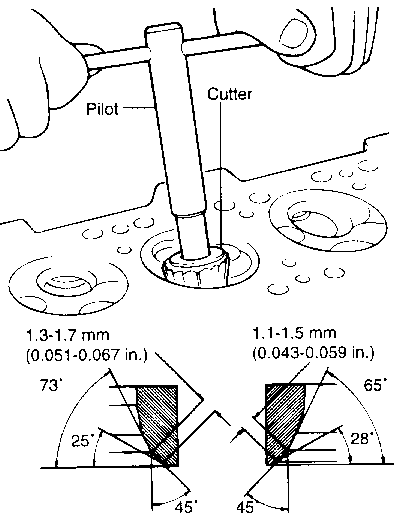| SERVICE MANUAL | |
| Applies to: Hyundai Coupe/Tiburon 1998-2000 | |
| GROUP | |
| Engine Mechanical System | Cylinder Head Assembly |
| SERVICE MANUAL | |
| Applies to: Hyundai Coupe/Tiburon 1998-2000 | |
| GROUP | |
| Engine Mechanical System | Cylinder Head Assembly |
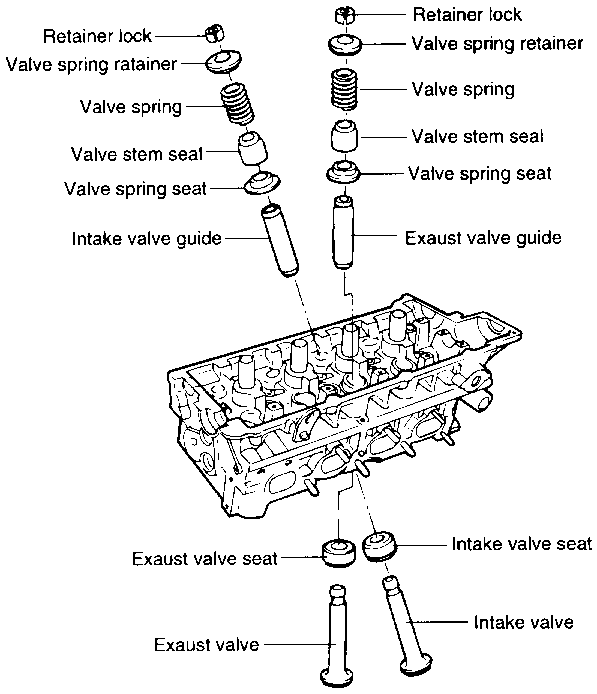
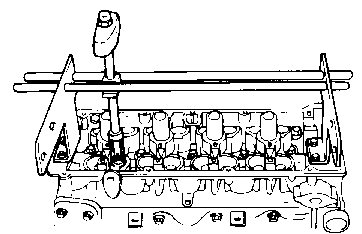
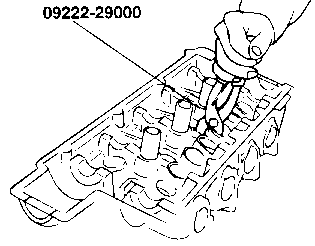
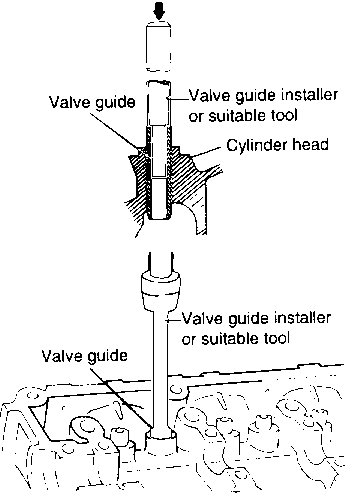
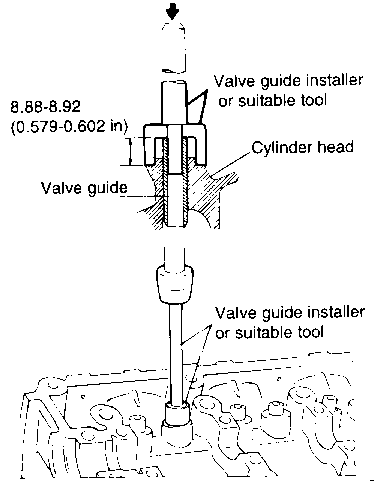
To install, fit the seal in by lightly tapping the Special Tool, Valve Stem Oil Seal Installer (09222-22000)
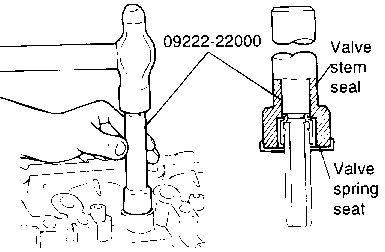
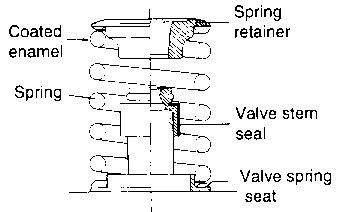

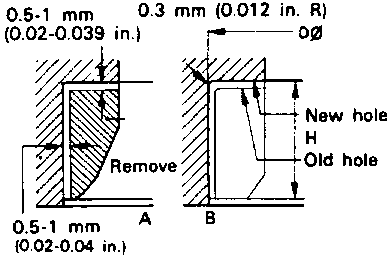
|
Description |
Size mm (in.) |
Size mark |
Seat insert height H mm (in.) |
Cylinder head I.D. mm (in.) |
|
Intake valve seat insert |
0.3 (0.012) O.S. |
30 |
5.1-5.3 (0.201-0.209) |
29.8-29.821 (1.173-1.174) |
|
0.6 (0.024) O.S. |
60 |
5.4-5.6 (0.213-0.220) |
30.1-30.12 (1.185-1.186) |
|
|
Exhaust valve seat |
0.3 (0.012) O.S. |
30 |
5.9-6.1 (0.232-0.240) |
27.3-27.321 (1.074-1.075) |
|
0.6 (0.024) O.S. |
60 |
6.2-6.4 (0.244-0.252) |
27.6-27.621 (1.086-1.087) |

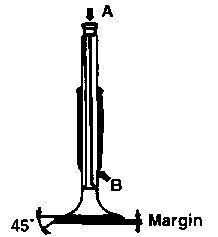
| MEASUREMENT SPECIFICATION | |
| Intake | 1.1 mm ( 0.0433 mm ) |
| Exhaust | 1.3 mm ( 0.0512 mm ) |
| MEASUREMENT SPECIFICATION | |
| Intake | 0.8 mm ( 0.0391 in ) |
| Exhaust | 1.0 mm ( 0.039 in ) |
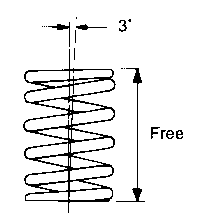
| MEASUREMENT SPECIFICATION | |
| Free height | 46.07 mm ( 1,8137 in ) |
| Load | 25.5kg at 37 mm |
| Load | 57.3kg at 28 mm |
| SPECIFICATION | |
| Out of square | 3° or less |
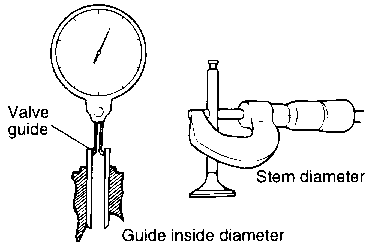
| MEASUREMENT SPECIFICATION | |
| Intake | 0.020-0.050 mm ( 0.0008-0.0019 in ) |
| Exhaust | 0.050-0.085 mm ( 0.0019-0.0033 in ) |
| MEASUREMENT SPECIFICATION | |
| Intake | 0.1 mm ( 0.004 in ) |
| Exhaust | 0.15 mm ( 0.006 in ) |
